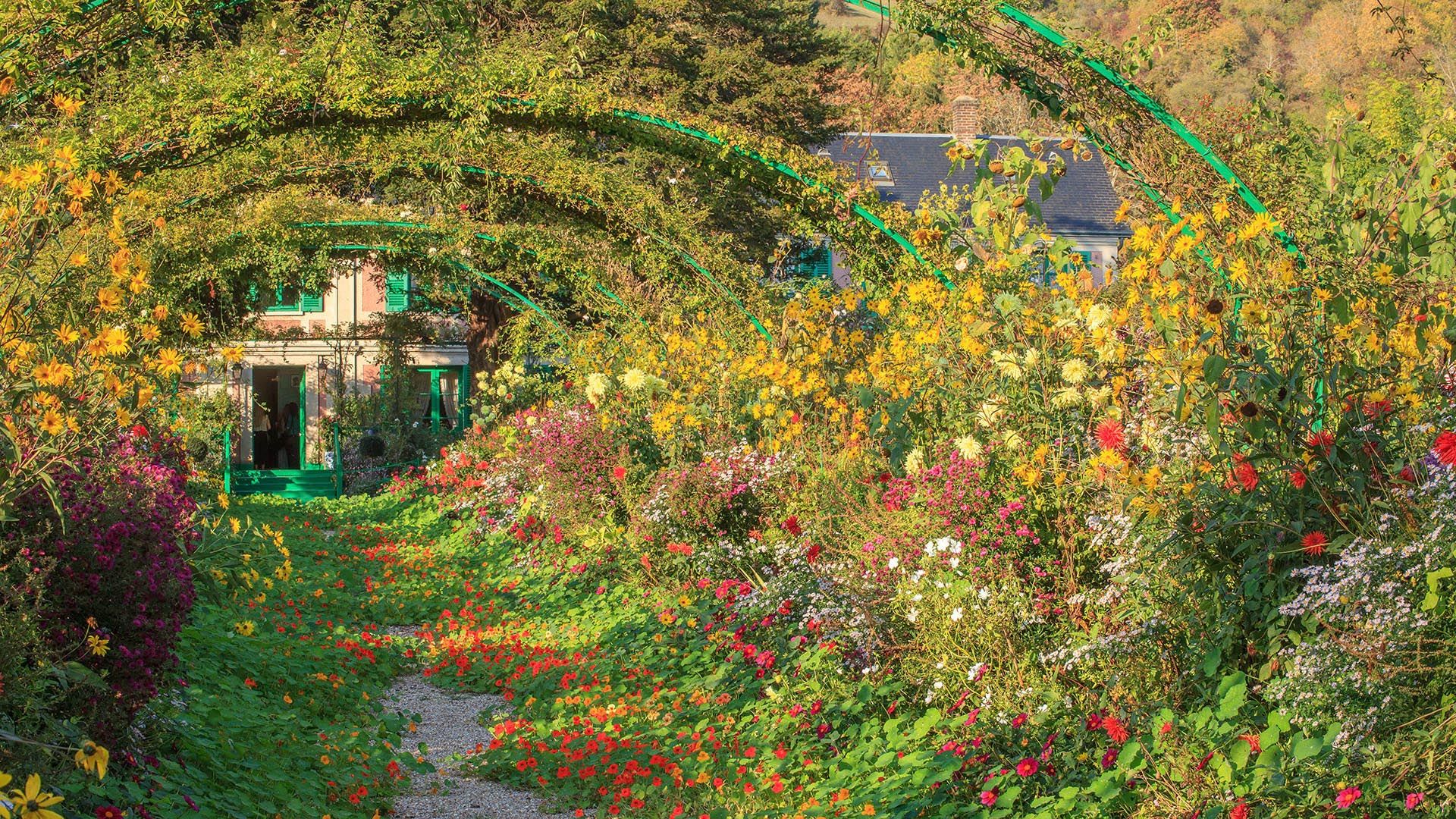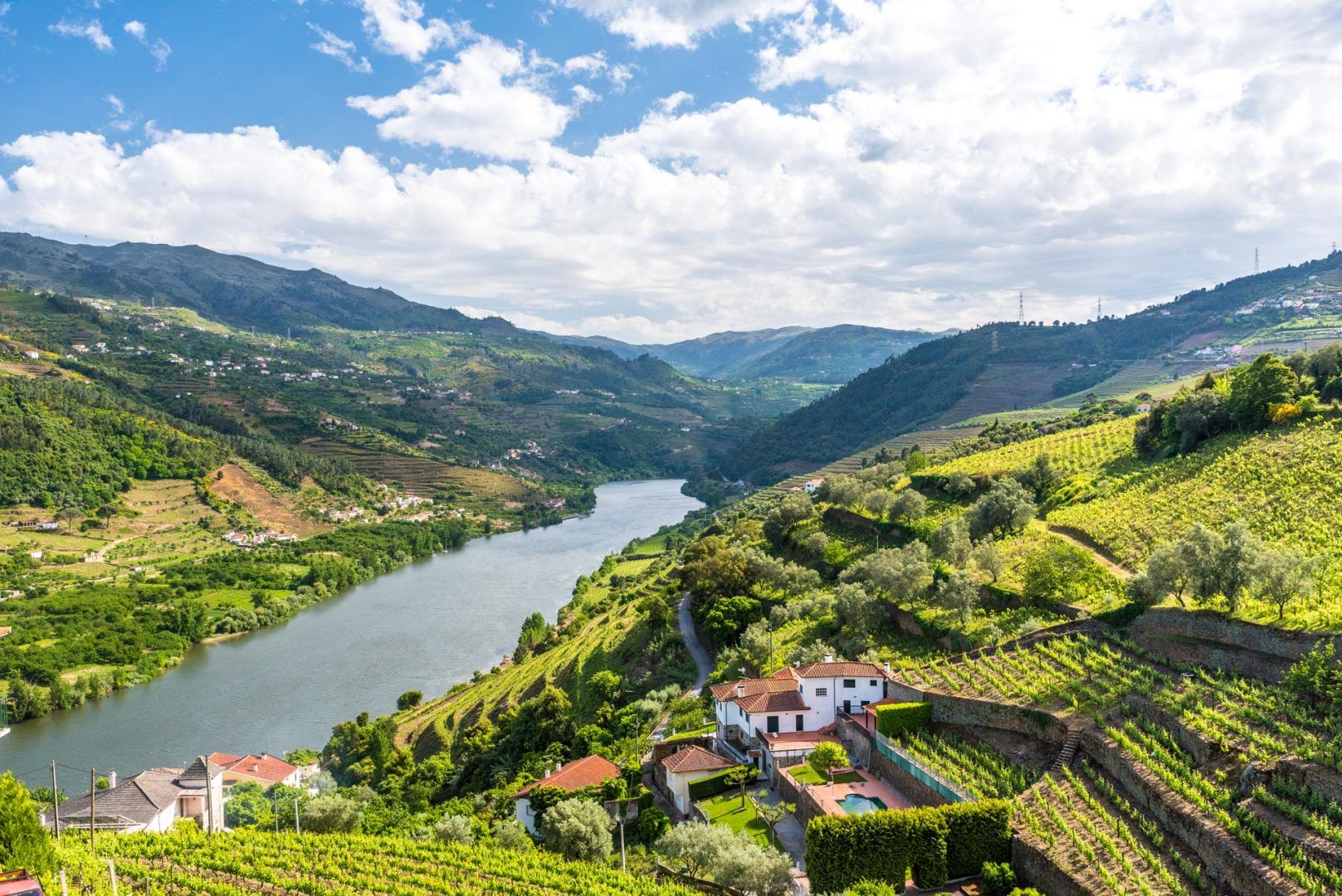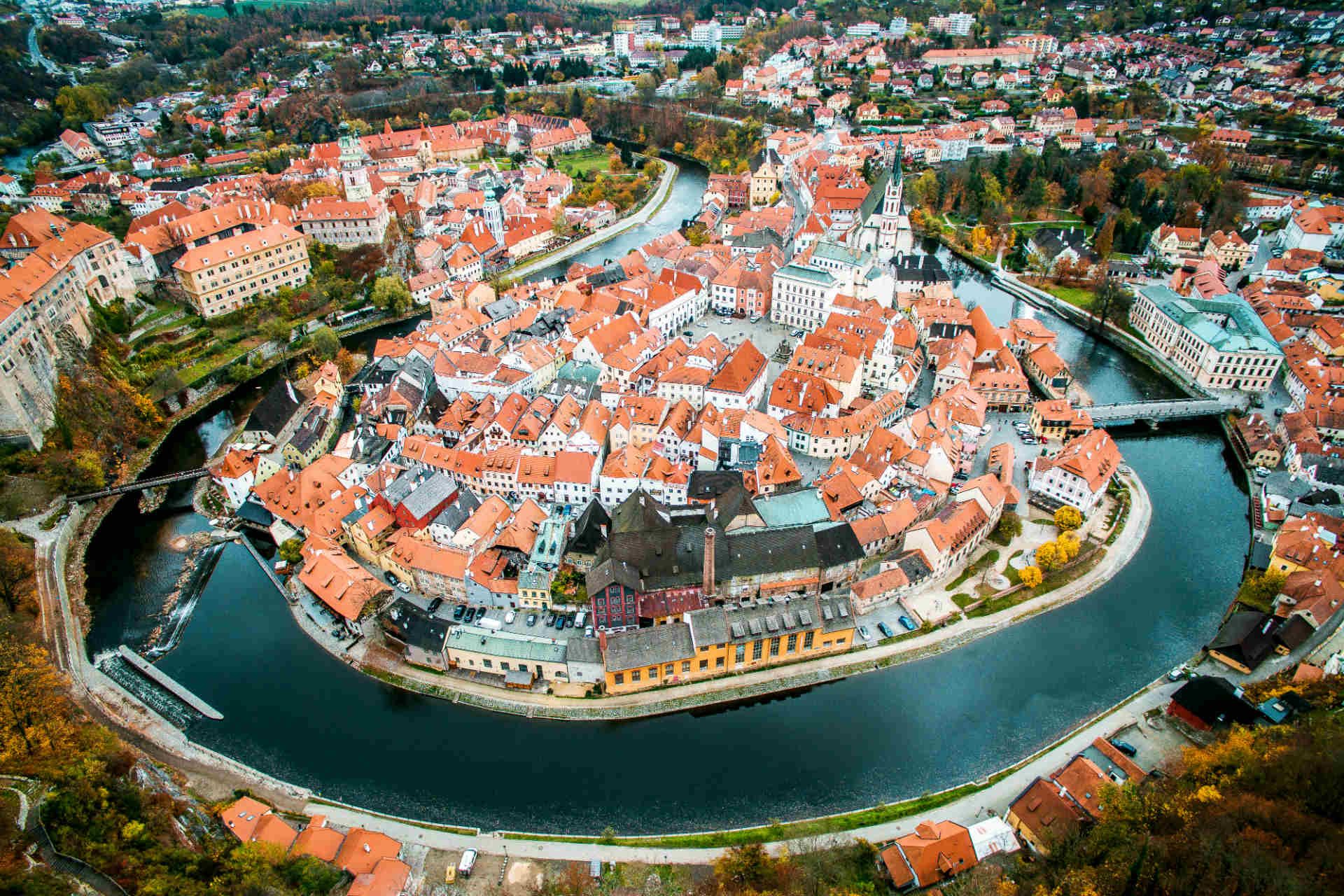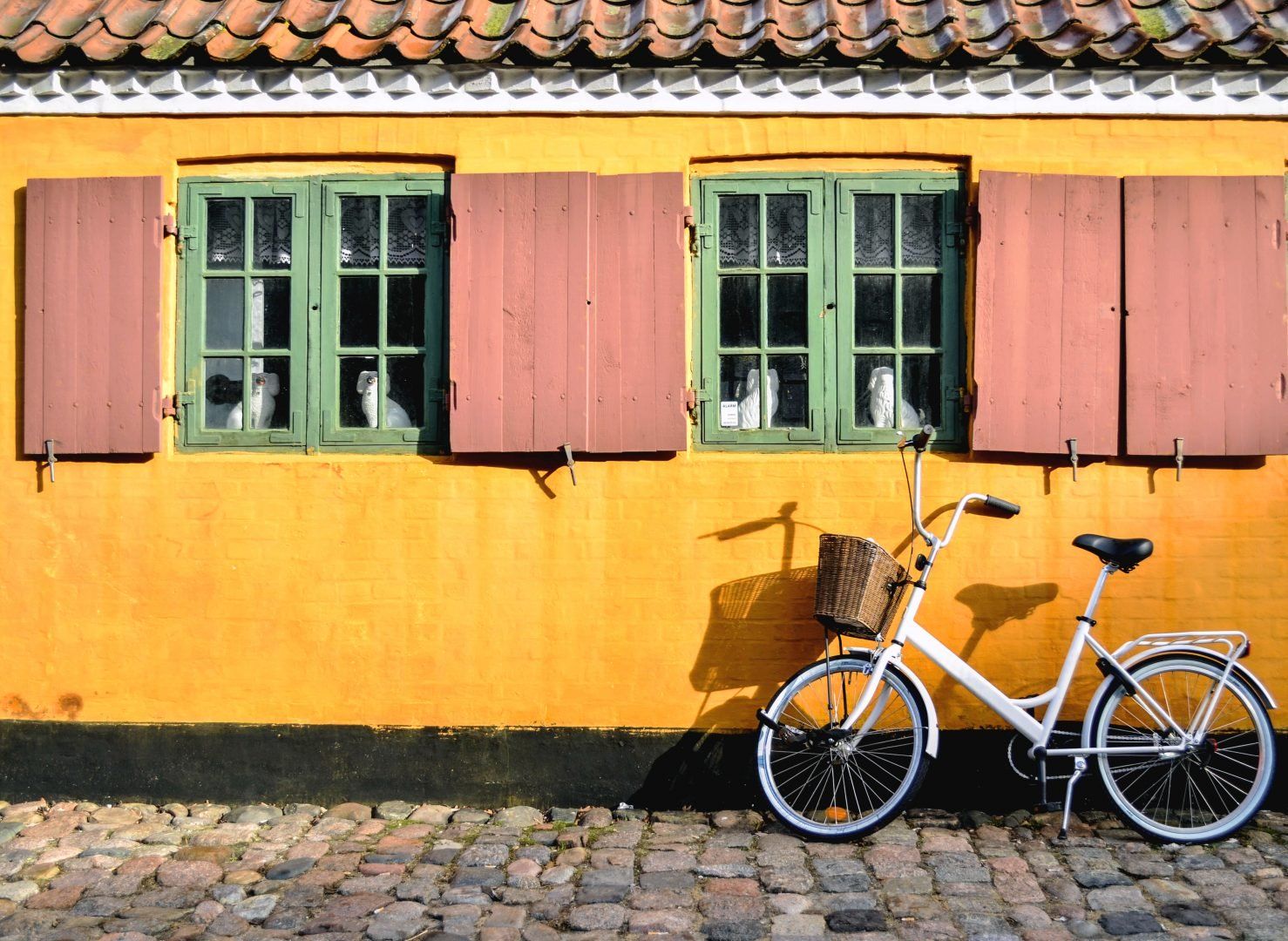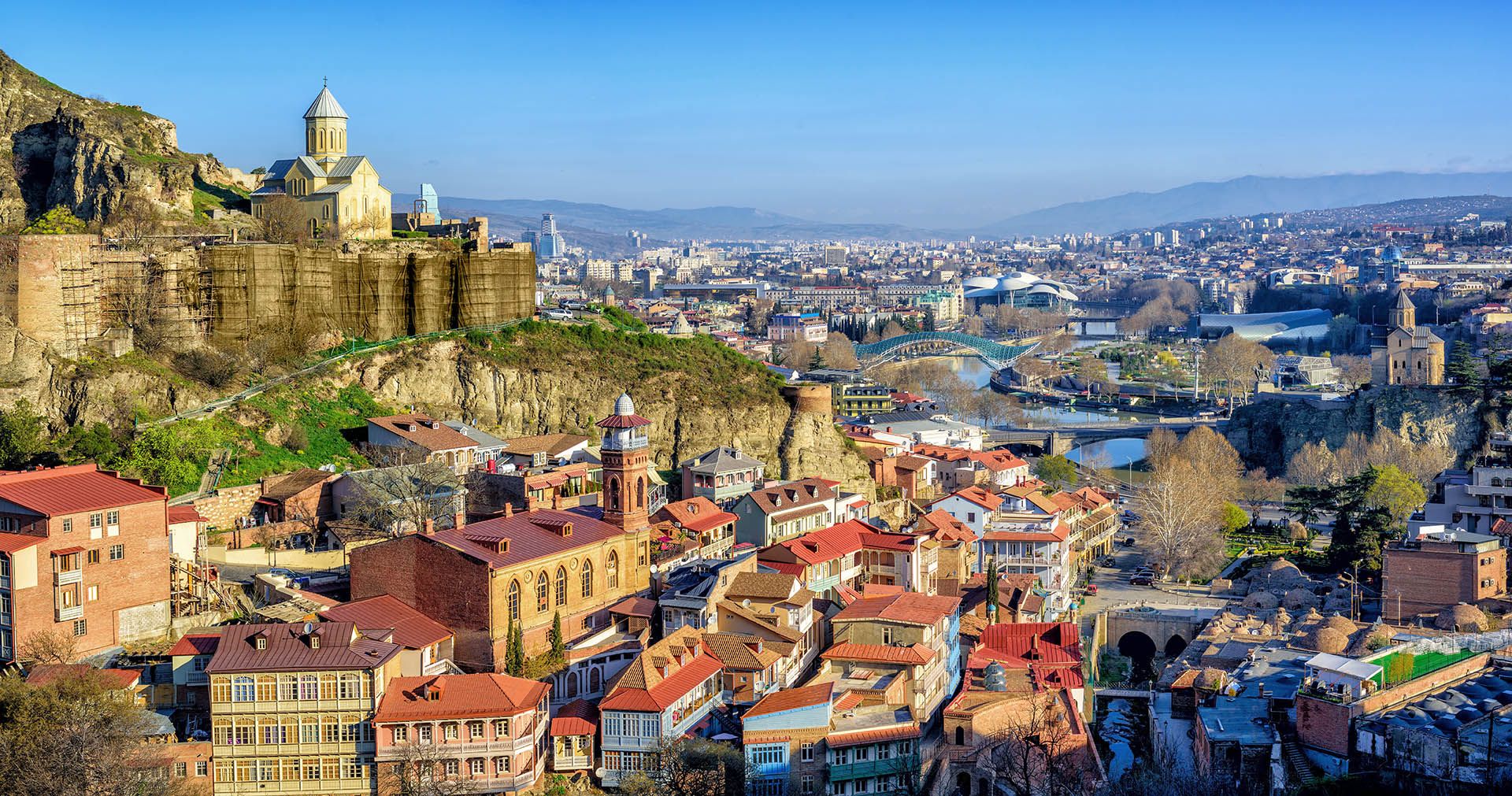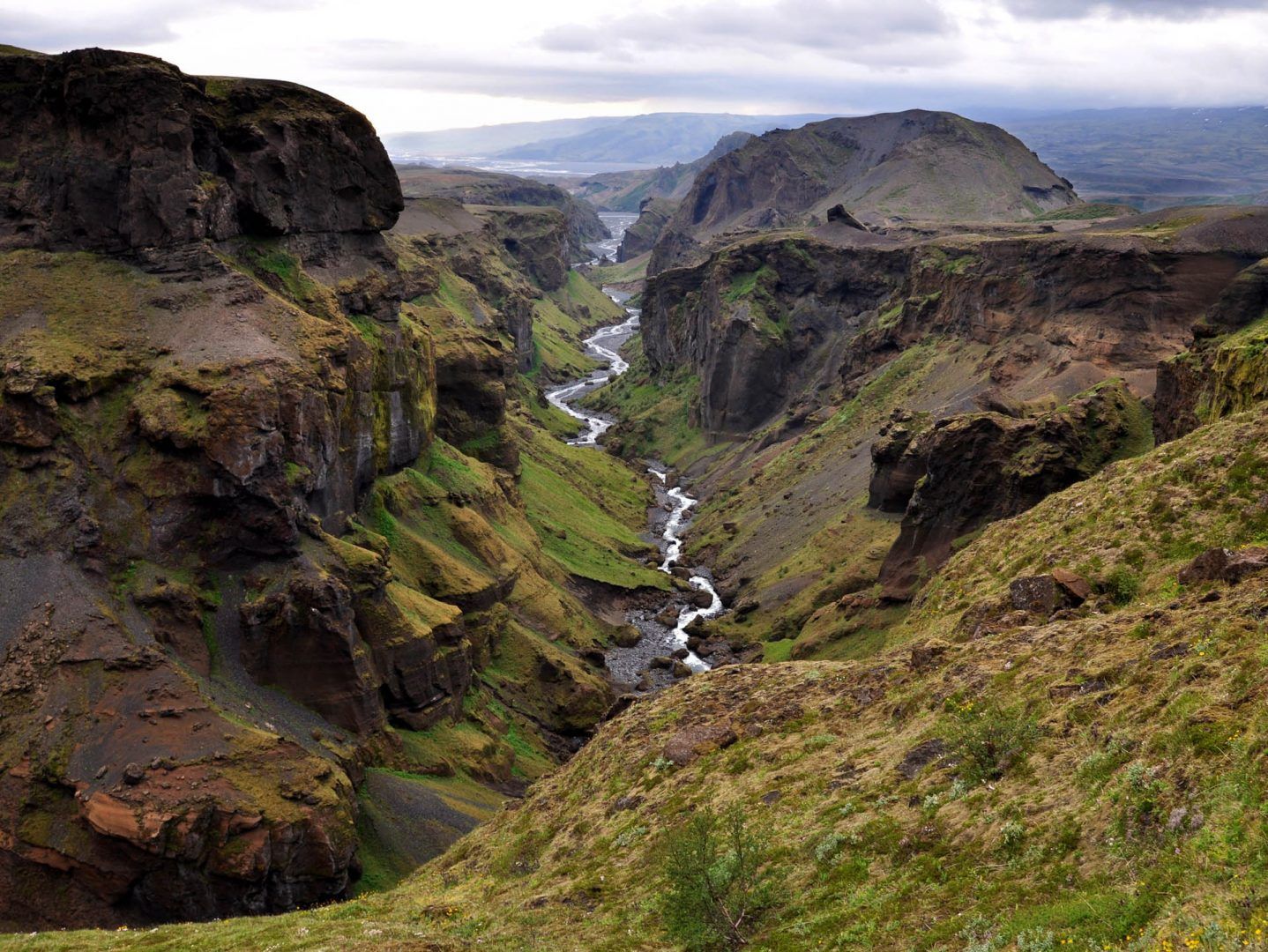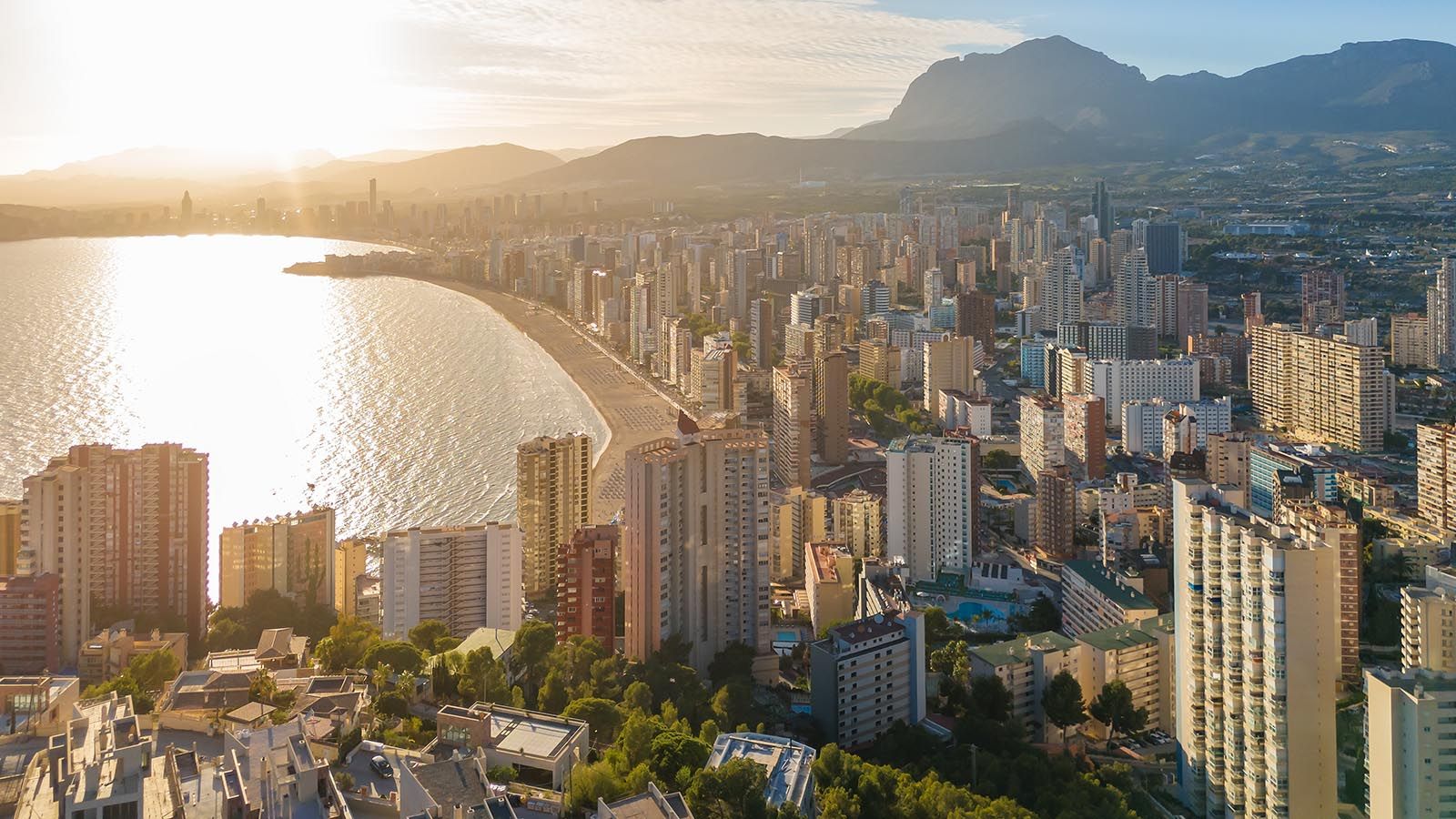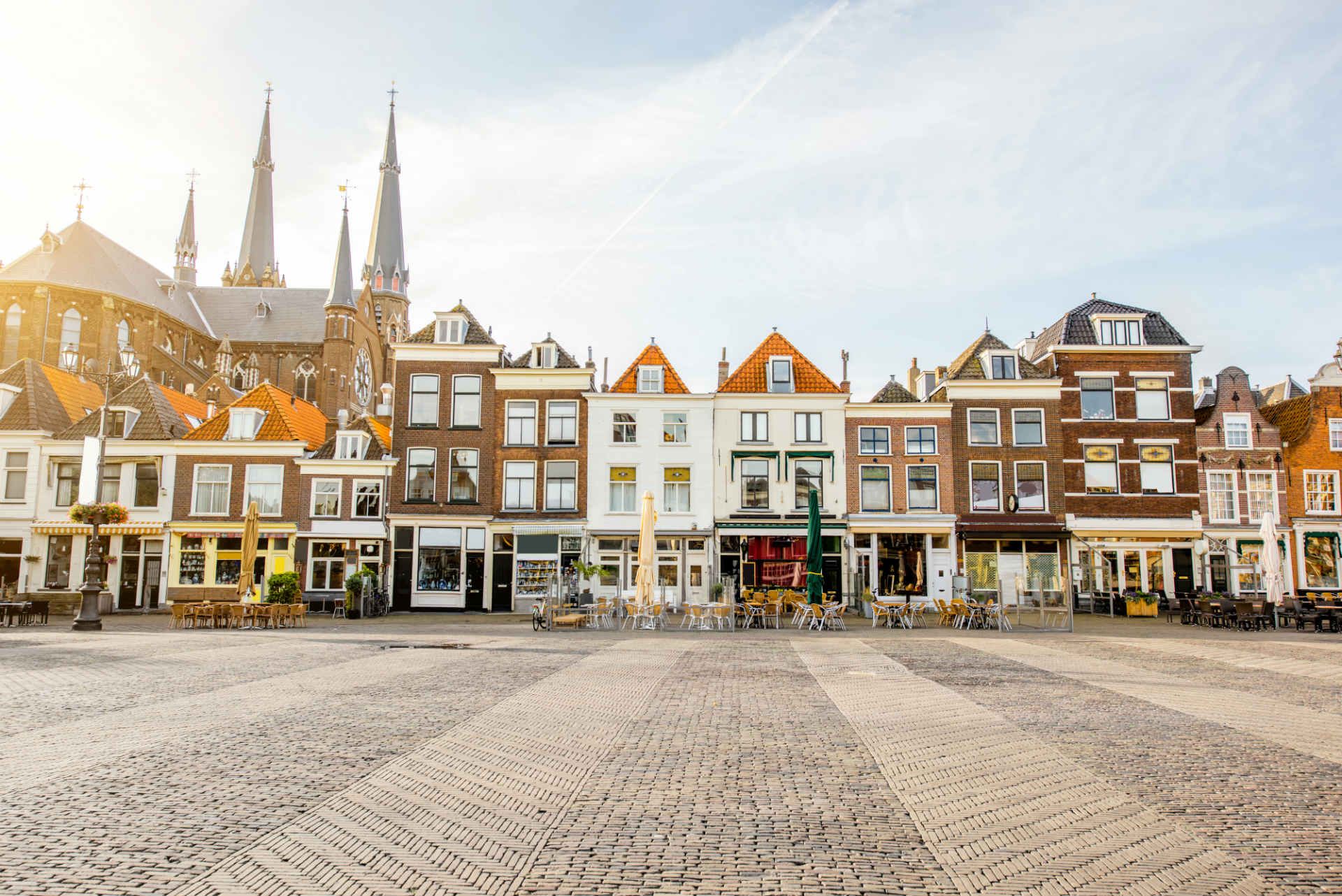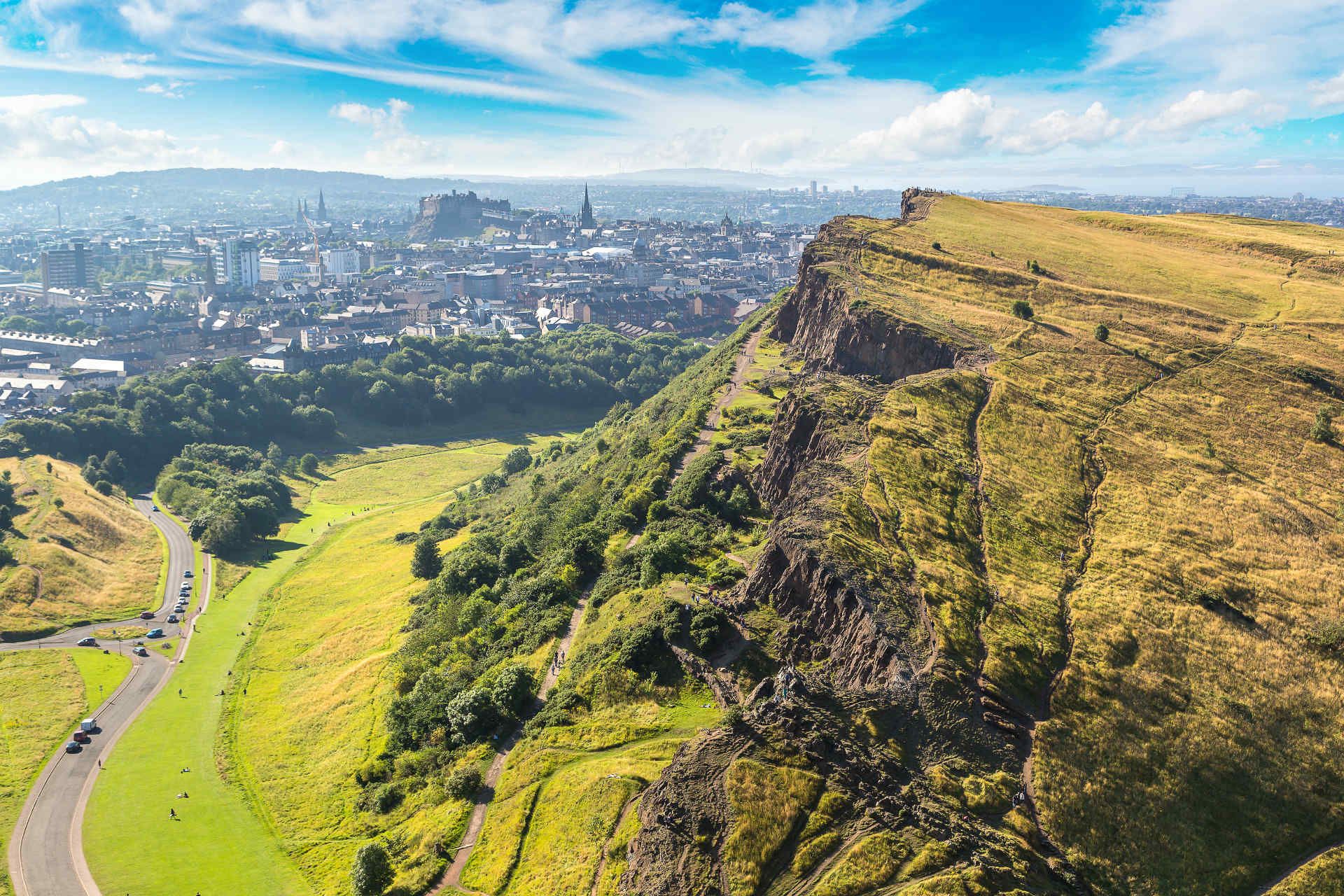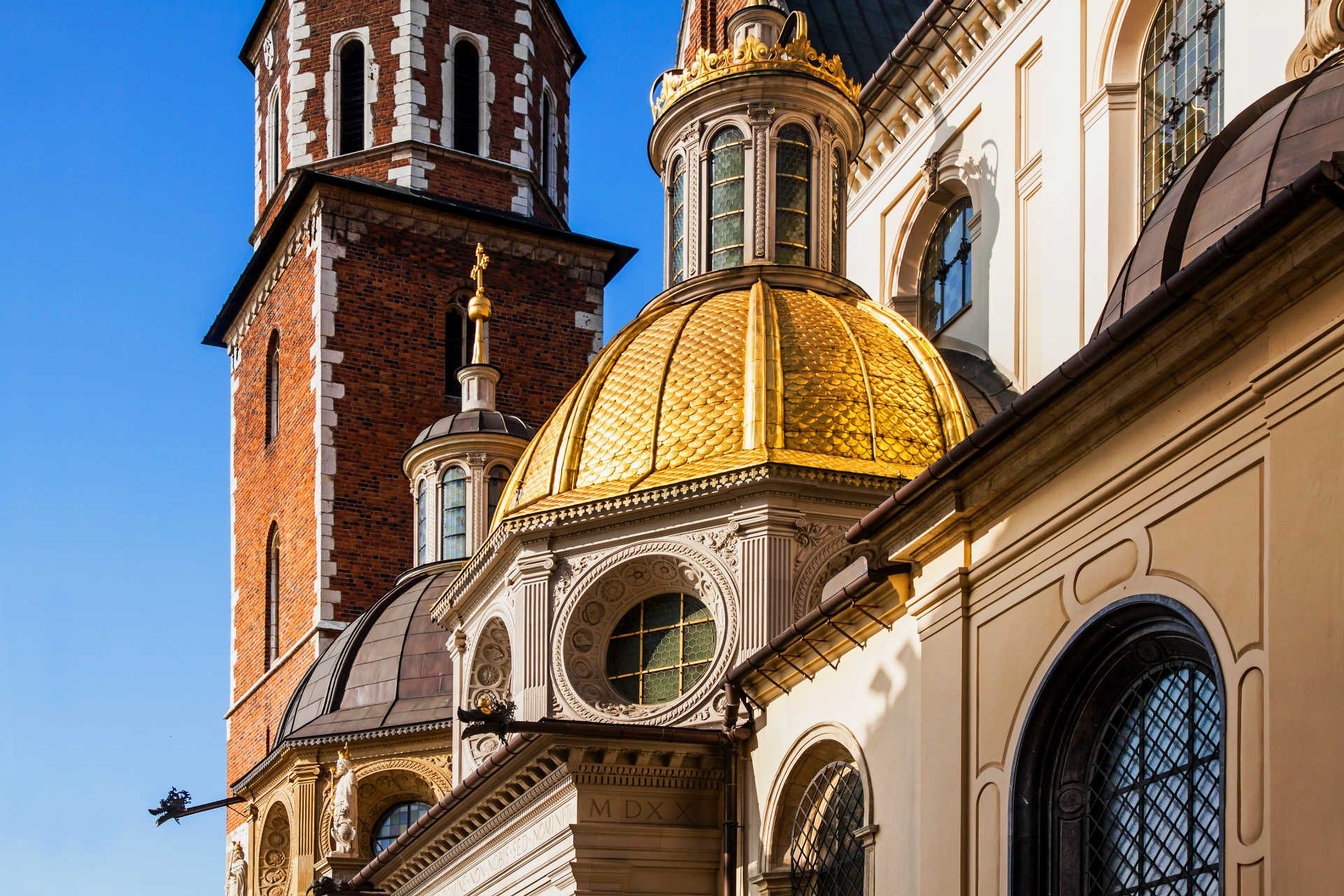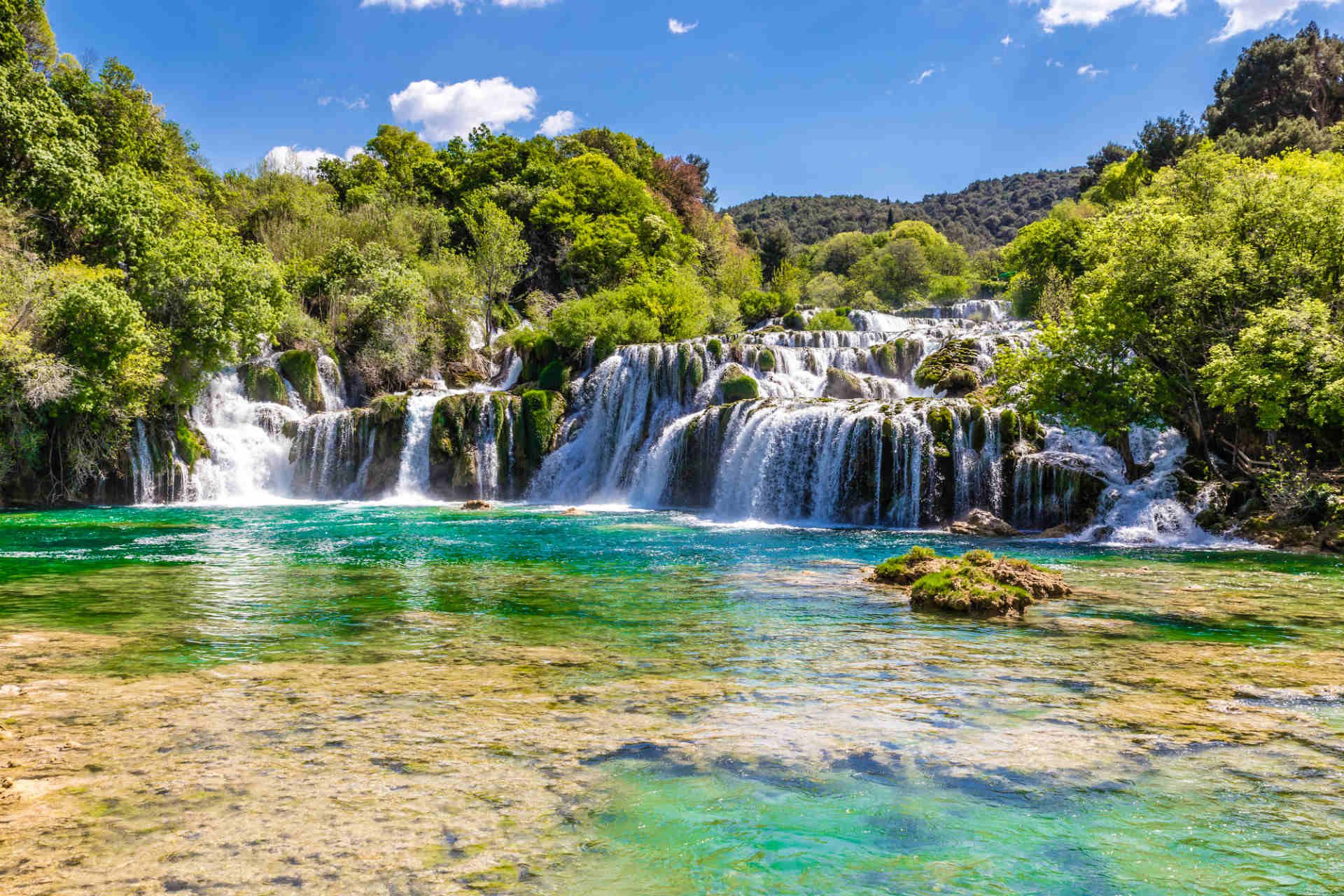Siena, Italy
What's nearby: Val d'Orcia
Distance from city center: 1 hour
From Siena’s distinctive Piazza del Campo, you can head out to the Val d'Orcia, a valley known for its gently rolling hills, cypress-lined roads, and wheat fields that have been a source of inspiration for centuries. In the area, you might want to visit the medieval town of Pienza for its charming layout and pecorino cheese, then stop by Bagno Vignoni, where the town’s main square is actually a thermal pool.
The valley is also known for its wines—sampling a glass of Brunello di Montalcino while taking in the scenery is a popular choice. In spring, the valley blooms with poppies and wildflowers, while autumn brings local festivals focused on truffles, olive oil, and wine. If you're ready to see Tuscany for yourself, our Tuscany itinerary can be helpful for creating a game plan.
How to plan a trip
Regional buses from Siena’s Piazzale Rosselli go to towns like Montalcino, Pienza, and San Quirico d'Orcia. If you prefer a more personal exploration, renting a car or booking a private tour with a local driver might be the way to go. Some local agriturismi include transportation to and from Siena as part of their arrangements. The seasons really do make a difference, so be sure to see our guide to the best time to visit Italy before getting your plane tickets.


